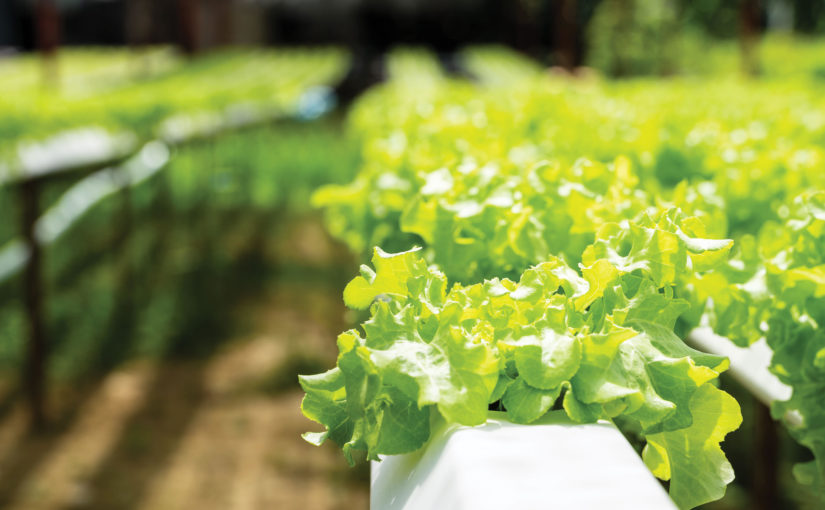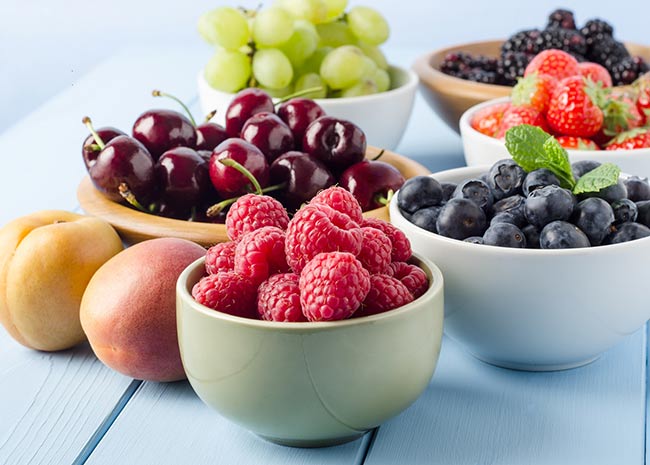Getting reacquainted with Moore’s Law
The first day of the Produce Marketing Association’s Tech Knowledge conference in Monterey, California was an hours-long application of a principle stated at last year’s inaugural event. The principle is known as Moore’s Law, and it states (paraphrased) that the rate of change doubles every two years.
Moore’s Law was applied when keynote speaker and futurist James Canton asked how many in the audience were now using drones or other robotic devices. Four hands were raised.
“Two or three years from now, when I ask that question every hand will be raised,” Canton said.
Speaker Tom Koulopoulos, author and founder of the Delphi Group think tank, added a corollary to Moore’s Law: the past is not an indicator of what’s coming in the future. He showed a slide of the 1960s TV comedy private eye Maxwell Smart talking into his iconic shoe phone. Then he pointed out something I never thought relevant before but that now stands out like a sore thumb. Agent 86’s shoe phone had a rotary dialing mechanism.
The keyword for Canton, Koulopoulos and the other speakers throughout the day was “connectivity.” Before the next 20 years pass, the number of sensing devices on the planet will be like grains of sand — literally. Big data, the cloud and the Internet of Everything will coalesce all these devices into a “system of systems” that produce processors and growers will use to help them make good decisions. On the farm level, this connectivity will come in the form of plug-and-play devices that sift through the mountains of collected data and tell growers what they want to know, no more and no less.
There’s another big “more” that will prove to be the crucial factor driving everything else. The combination of longer lifespans, an increasing population and a ballooning middle class in Asia present a stark reality as we look to the future. How will all these people be fed?
The answer will come from technology, the speakers said. A debate now rages about the efficacy and the morality of genetically modified plants, but Koulopoulos flatly stated that we wouldn’t be able to feed the world without them. With 10 billion people by 2050 and dwindling natural resources (especially water), it’s no wonder that OnFarm CEO Lance Donny thinks that agriculture’s biggest challenge will be math.
Now back to Moore’s Law. Canton sees the current environment as being an exponential convergence of forces. Our technology will be faster, cheaper and vastly more intelligent. Smart machines will replace human labor on the farm and in the manufacturing facility, which will certainly solve the problem of labor shortages but will create a massive challenge for occupational retraining of millions of workers.
As the number of devices and the amount of interconnectivity grows, behaviors will change. The reason companies and farms have trouble adopting to technology today isn’t the gadgetry but the attitudes toward the gadgetry. That’s where Generation Z and those who follow behind will end up playing a leadership role, because they’re connected and are operating on a currency of influence.
Koulopoulos described his efforts to get his teenage son to go outside, get some sunshine and exercise and have some face-to-face time with his friends. His son pointed at his computer and said, “all my friends are here.” These are the consumers who will be buying your produce products. They will want to know everything about how they were grown or made, and if they don’t think you’re being transparent enough, they will take to social media and let you have it with both barrels.
The good old days … they’re never coming back. Moore’s Law says so.









